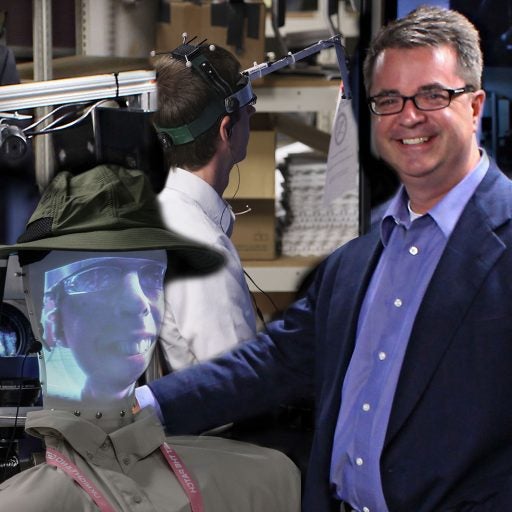The Massachusetts Institute of Technology, Purdue University, the University of Michigan and the University of California San Diego also landed five awards. Only the Georgia Institute of Technology, University of Maryland, University of Washington and Pennsylvania State University earned more grants.
DURIP awards totaling $54.7 million will help 190 researchers at 100 academic institutions purchase state-of-the-art research equipment, which will benefit science education, medical training and the preparation of soldiers before heading to war.
“Given the state cuts we have no state money for critical instrumentation for STEM research and education,” said M.J. Soileau vice president for research and commercialization at UCF. The university has seen a loss of $145 million in state funding over the past five years. “Our researchers are always tasked with competing for funding to pay for their research however this year we are especially pleased to have five faculty members who succeeded in competing with the best of the best.”
The money coming to UCF will help an array of projects including a program that blends the physical and virtual world by incorporating avatars and robots to help train medical personnel and soldiers before they leave for dangerous missions.
“Funding programs like the DURIP are critical to keeping our research competitive,” said Professor Gregory Welch, who joined UCF’s Institute for Simulation & Training and College of Engineering and Computer Science last August. Welch also holds as an appointment at the University of North Carolina Chapel Hill.
The funding will allow Welch and his team to greatly advance their work in the area of robotic physical-virtual-avatars. These creations are specially designed mannequins that have a projected real human face. A human operator in a remote location can see what the avatar sees in real time and can reproduce the human’s facial expressions and head movements.
Welch plans to create a “Sensorium system” to explore aspects of the physical-virtual avatars. For example, in addition to being used in military, medical and rehabilitation training, the system could be used for teaching students advanced techniques in science, technology, engineering and mathematics (STEM), Welch said.
Other UCF projects slated to receive funding:
A system for aligning and dispersing carbon nanotubes to allow for the creation of a new class of super-strong materials, led by Chengying Xu, assistant professor in the College of Engineering and Computer Science.
Completion of a unique facility in the UCF’s Townes Laser Institute that will allow a laser system to operate at record high power, led by Martin Richardson, Florida Photonics Center of Excellence trustee chair, professor in the College of Optics and Photonics and director of the Townes Laser Institute.
Enhancement of high performance computing and robot training equipment to expand research capabilities in robotics, artificial intelligence and evolvable hardware as well as to give students real-world experience, led by Mingjie Lin, assistant professor in the College of Engineering and Computer Science.
Purchase of video cameras, unmanned aerial vehicles for carrying the cameras and a cluster of computers for processing data obtained from the footage to improve research into the areas of motion tracking, behavior recognition and human and anomaly detection, led by Mubarak Shah, Ager Chair professor of Computer Science and director of the Computer Vision lab.
DURIP is a program under the Department of Defense. Representatives from the Army Research Office, Office of Naval Research, and the Air Force Office of Scientific Research evaluated more than 700 competitive proposals seeking a total of $226 million this year. Proposals were focused on advances in surface chemistry and physics, computing and networks, electronics and electro optics, neuroscience, fluid dynamics and propulsion, robotics and autonomous systems, and ocean, environmental, and biological science and engineering.
All awards are subject to the successful completion of negotiations between the defense department research offices and the academic institutions.
